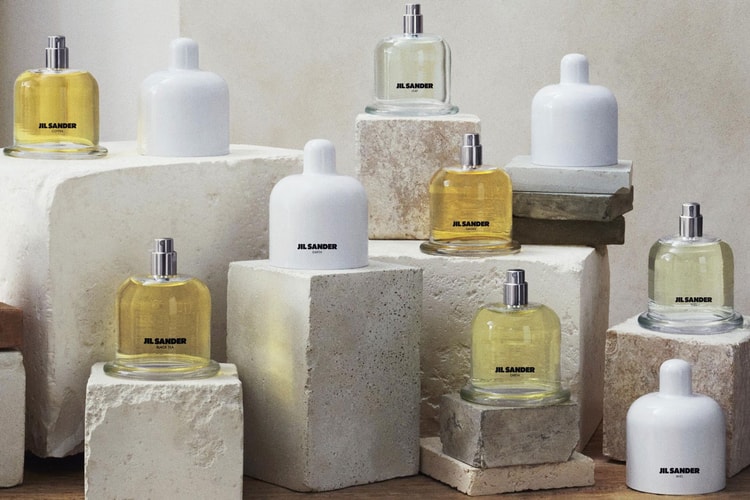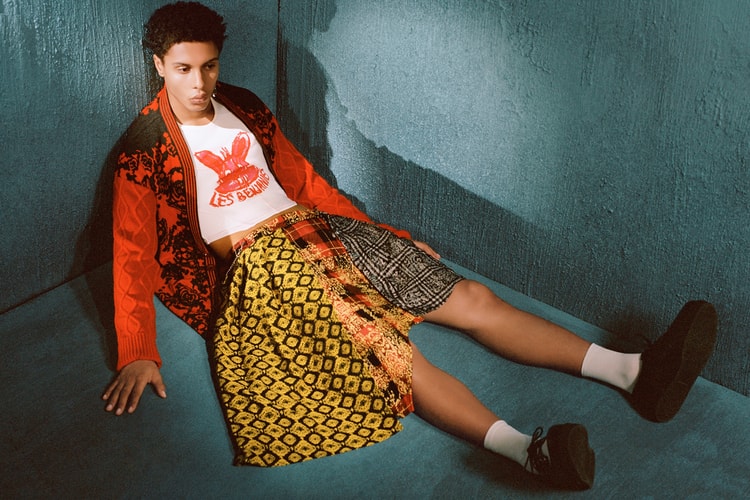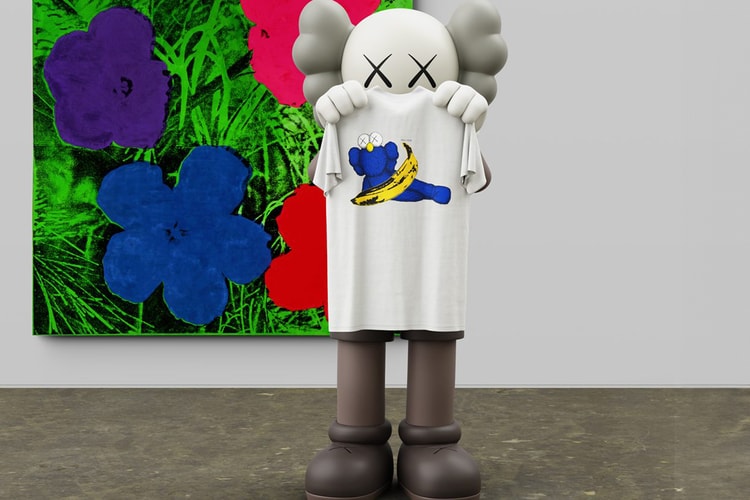Nike iD - Just Do It Yourself
It seems like the Nike iD has recently invited many visitors to visit the Nike iD store in New York. Article and pictures from The New York Times via ASF.
 It seems like the Nike iD has recently invited many visitors to visit the Nike iD store in New York. Article and pictures from The New York Times via ASF.
It seems like the Nike iD has recently invited many visitors to visit the Nike iD store in New York. Article and pictures from The New York Times via ASF.





Just Do It Yourself
By HORACIO SILVA
Published: May 29, 2005
A store is born in New York about as often as a Broadway hopeful arrives at the Port Authority. These days, however, jaded consumers expect more boogie-woogie than the retail equivalent of a matinee for the blue-rinse set. Temporary guerrilla stores, traveling boutiques and hybrid emporiums, selling everything from Belgian fashion experimentalia to limited-edition Japanese toys, are just some of the novelties setting the stage for a serious denouement at the cash register.
So it should surprise exactly no one that the fad for members-only clubs now extends into the shopping arena. In the wake of exclusionary stores like Celux, the LVMH-owned retail club in Tokyo, Nike has opened the NIKE iD lab, a private design studio on Elizabeth Street complete with security guards to keep out the celebrity seekers and sneaker freakers who memorize bar codes and shrink-wrap their shoes for safekeeping.
But the new location, where the wallpaper, pillows, mirrors and even the coasters are customized with Nike arcana, is as much a monument to personalization as it is to exclusivity. Since the NIKE iD lab’s low-key opening in late March, Nike has handpicked A-listers and influencers — the designers Jack McCollough and Lazaro Hernandez of Proenza Schouler, the singer Joss Stone, the artist Cindy Sherman — to create their own one-of-a-kind shoes by choosing from a selection of styles, materials and colors and, presumably, to proselytize the virtues of just doing it yourself.
The enduring appeal of customization suggests a democratization of design. And even though Nike insists that it is a performance-based and not a style-driven brand, its continued focus on allowing civilians to be a part of the design process — the raison d’etre of the Elizabeth Street lab is to bolster the revamped nikeid.com Web site — implies that consumers may also be increasingly tired of try-hard attempts to woo them with self-consciously hip design. The Nike X Zvezdochka, a high-tech sneaker that resembles a meshlike sock, may have been born in the laboratory, the result of an affair between the industrial designer Marc Newson and the Russian Space Institute, but it looks like a midlife-crisis shoe unsuitable for either the city or the sputnik. It is little wonder that more and more people want to have a hand in the labels to which they are attached.
According to John Jay, the executive creative director at Wieden & Kennedy, the advertising company that has long had the Nike account, consumers are savvy enough to play limbo with the markers of design elitism and democracy, mass-market and independent. ”The trend for customization is definitely about a growing indie spirit in a sea of mass,” Jay says. ”But it doesn’t have to be one versus the other. It’s also about a new sense of originality, where one brand’s innovation is enhanced by yet another source of ideas or editing, about cultural remixing and not being satisfied with only one source of originality.”
Over the past few weeks, regular folks have been able to enter an online lottery to gain access to the NIKE iD lab. But in keeping with the place’s highbrow beginnings, we invited the artist Sarah Morris, the designer Narciso Rodriguez and the basketball player Vince Carter to create their own signature sneakers. Mark Smith, a designer at Nike, guided the three, who were limited by only their imagination and a list of verboten graphics and words — a catalog of faux pas consisting mainly of expletives and, predictably, the word ”Adidas.”
”Most people get a little stage fright when put on the spot,” Smith says, ”but usually they have a very clear idea of what they want. Comfort and performance have already been taken care of, and the tenets of good graphic design are pretty simple — we basically encourage people to choose colors that work well in conjunction.”
Faced with a smorgasbord of options, however, our lab-within-a-lab turned out surprisingly low-impact shoes. Reinforcing why designers need not worry about losing their jobs anytime soon, Morris says, ”I just don’t like having too many choices.”







